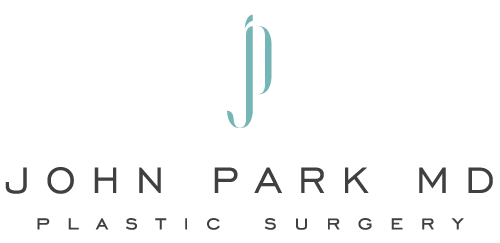
30 Dec Mid-Facelift, Mini-Facelift, Full Facelift: Treating Specific Parts Of Your Facial Anatomy
The Evolution Of Facelifts
Creams, serums, and dermal fillers sometimes aren’t enough to turn back the clock. For restoring a youthful look or rejuvenating the face, nothing beats a facelift. Surgeons initially performed full facelifts to treat wrinkles and sagging skin dramatically. Now there are multiple options to treat specific facial anatomy concerns. A surgeon can choose to perform a mid-facelift, mini-facelift, or full facelift. Choosing the right procedure can be tricky, but a surgeon will outline the pros and cons of each approach.
Can a mid-facelift help?
A mid-facelift focuses on the area around the cheekbone, chin, and mouth. This procedure removes loose skin and fat around the cheeks and jaw to restore a youthful appearance to the face. Mid-facelifts can also reduce the appearance of fine lines and wrinkles, improving the definition of the jawline. Sometimes, a mid-facelift can be combined with a lower blepharoplasty for better results. This procedure is typically performed under local anesthesia and takes about 2-3 hours to complete. Mid-facelifts require minimal incisions, leaving the patient with a few short weeks to see the final results.
A weekend special
A mini-facelift is growing in popularity, especially among younger patients. This less invasive alternative addresses signs of aging in the lower face and neck. During a mini-facelift, small incisions are made along the hairline at the temples. The tissue is strategically adjusted and tightened before the surgeon removes the excess skin. Once the desired correction has been achieved, the excess skin is stitched back in place and secured with sutures. The procedure usually takes 1-2 hours to complete and is commonly called a weekend facelift because of the short downtime. Although the results are long-lasting, this procedure is not ideal for patients with significant sagging and deep wrinkles.
A full approach
Full facelifts rejuvenate the lower third of the face and usually involve incisions extending from the earlobes to the lower neck. During the process, the surgeon removes excess skin and repositions underlying tissue to create a more youthful appearance. Following surgery, some temporary bruising and swelling may occur. There may also be numbness and continued swelling along the incision line for several months after the surgery. Full facelifts can require the most extended recovery but provide the best results. Patients can look as much as 12 years younger, with the effects of the procedure lasting 10 years or more.
Which approach to choose
When considering facial rejuvenation, determining which type of procedure is crucial to achieving the best outcome. The shape of the face and any underlying skin condition may determine the operation needed. One type of facelift is not necessarily better than the other. Each approach targets different parts of the face and works best in certain situations. Consult a board-certified plastic surgeon to make an informed decision.



